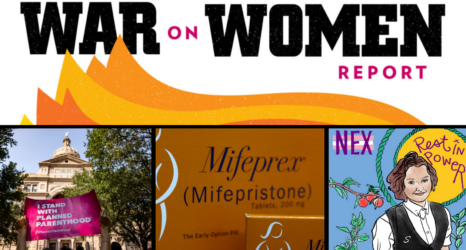Social media giant Twitter announced a plan last week to hire more women and people of color.
Overall, the company’s current employee roster includes 66 percent men and 34 percent women. It hopes to raise that to 35 percent women by 2016. Twitter’s workforce is 59 percent white overall, with another 31 percent of its staff of Asian descent. Its goal is to increase “underrepresented minorities”—including African Americans, Latinos and Pacific Islanders—to 11 percent of total employees. The company has zero African Americans or Hispanics in leadership roles, and aims to increase that to 6 percent by next year.
In a statement announcing the plan, Twitter’s vice president of diversity and inclusion, Janet Van Huysse, wrote, “We want the makeup of our company to reflect the vast range of people who use Twitter. Doing so will help us build a product to better serve people around the world.”
Twitter has faced major criticism in the past for its lack of representation. After releasing its dismal diversity numbers in July, Rev. Jesse Jackson told The Guardian,
I am very disappointed. Black people are greater users of the product and capable of doing the jobs, but there has not been an adequate commitment to hire, train and maintain [black people] … Some people call it ‘Black Twitter’ because we over-index so much, but they still don’t hire more black people. We are becoming intolerant with these numbers, there’s a big gap between their talk and their implementation.
Twitter outlined a strategy for increasing diversity in its recent statement: The company has partnered with organizations that target women and minority coders and engineers, such as #YesWeCode, Girls Who Code and the Level Playing Field Institute; it has focused recruitment efforts at historically black colleges and universities and schools that disproportionately serve Latinos; and changed its hiring practices by “ensur[ing] our job descriptions appeal to a broad range of applicants, increasing the diversity of interview panels, and posting openings where more underrepresented candidates will see them.”
The growth goals may seem low, but experts say that’s because the current numbers are bad; changing hiring practices is a good first step.
“Right now, people are hired because of their gender and race due to unconscious biases, so we have to do corrections when it comes to that,” Melinda Epler, founder of Change Catalyst, told the Los Angeles Times. “I’m much less worried about the backlash. People need to get over that. For so long it’s been biased in the wrong direction.”
Twitter’s diversification strategy comes on the heels of similar announcements from other tech companies. Pinterest released its 2016 hiring goals in July—which include increasing the number of female engineers to 30 percent—and Airbnb began searching for a “head of diversity and belonging,” writing in a job posting, “This is a big job. Airbnb’s goals around diversity transcend any other company we know. We are looking to find someone who is creative enough to help Airbnb become an authentically diverse and inclusive company and community by bringing our ‘Belong Anywhere’ mission to life in our offices, on our platform, and beyond.”





